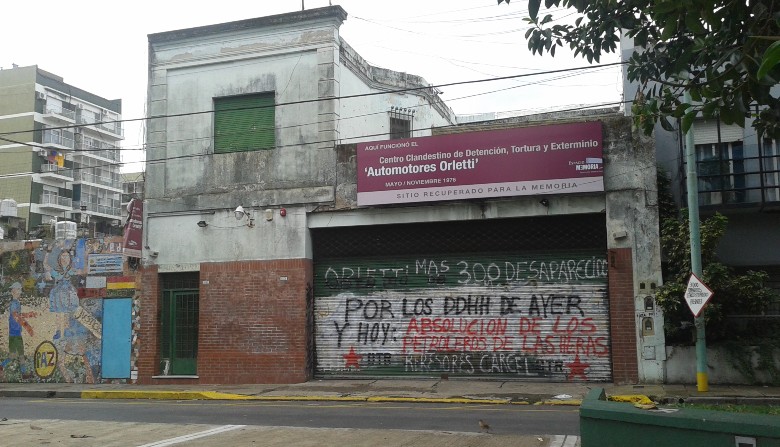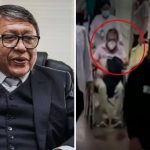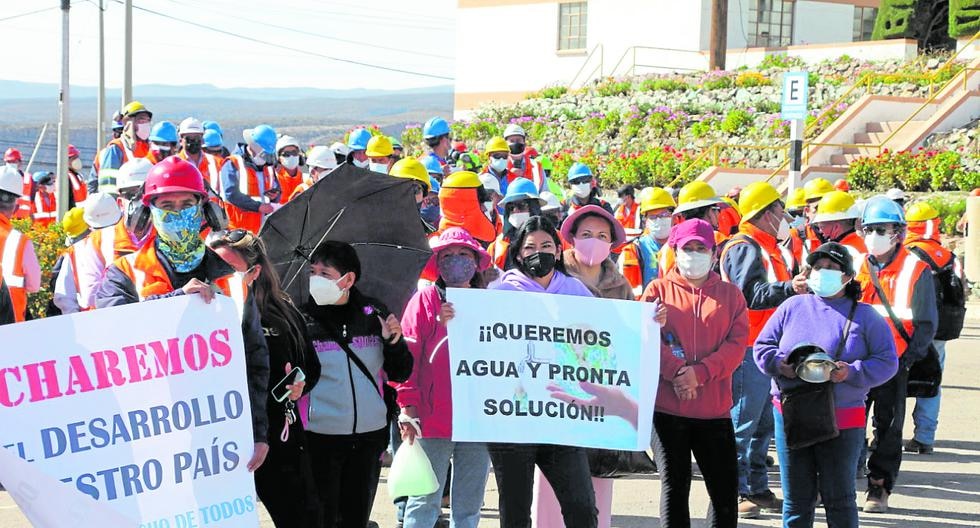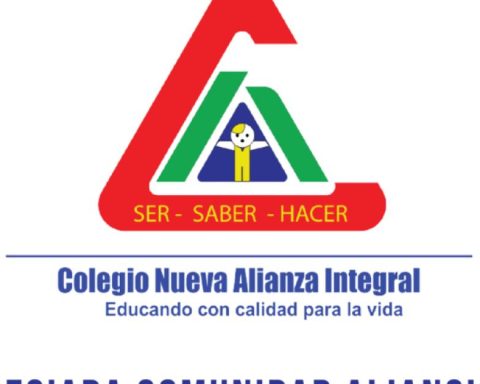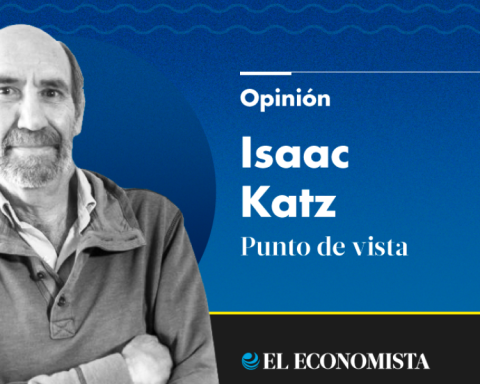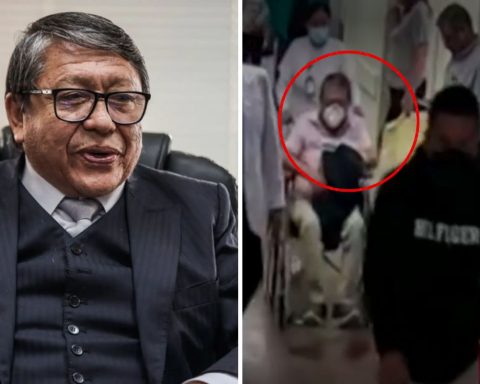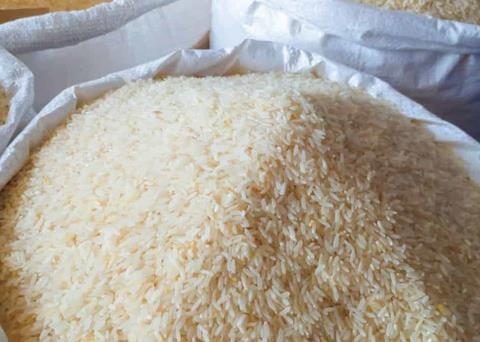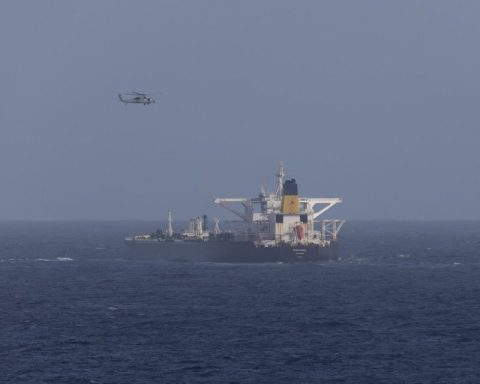The information appeared published this weekend by the Argentine morning paper Page 12 written by Luciana Bertoia. The document, the article points out, was found by the current intervention of the Federal Intelligence Agency and is already in the hands of Argentine judge Daniel Rafecas. It reveals hitherto unknown data that allows us to reconstruct the role of the SIDE in the Automotores Orletti detention centers and the recently discovered base on Bacacay Street where, it is known, dozens of Uruguayans were kidnapped. In the documentation, the name of the agent Eduardo Ambrosio Giachino appears for the first time, who was head of intelligence of the structure that included Orletti.
Eduardo Ambrosio Giachino was returning from his job at the State Intelligence Secretariat on July 5, 1975 when a group of officers from Police Station 21 of the Federal Police arrested him. They accused him of having been involved in the theft of a red Fiat 128 that he had left for repair at a mechanic shop. Giachino, like any defense, said it had been given to him by an informer and he was ultimately convicted of covering up the robbery. The arrest of an agent caused a stir in the SIDE, which opened an administrative investigation from which Giachino came out quite well. Although Giachino has already passed away, this summary –found by the current intervention of the Federal Intelligence Agency after coordinated work with human rights organizations– can open a new door for federal judge Daniel Rafecas to understand how the SIDE operated not only in Automotores Orletti , but also in the recently discovered clandestine center on Bacacay Street.
Giachino’s summary lasted two years. He defended himself several times. He said that he had met a buchón that he knew as Fidel Muñoz or Fidelio in a café in Córdoba and Anchorena. For him, it was common to get together with people who gave him information. Fidelio had asked him for money to fix the car, which he had left a few blocks from the confectionery. Giachino was supposedly committed to asking his bosses if they could give him the money. But Fidelio called again and asked him to drive the car. For that, Giachino asked two SIDE buddies for help, Juan Rodríguez and Joaquín Pomponi.
Juan Rodríguez is a relatively well-known name. By then, he had been in the SIDE for almost 20 years and in June 1976 he was one of the agents who put his signature on the contract with which Aníbal Gordon’s gang rented the premises of Venancio Flores where Automotores Orletti operated, the clandestine center that ran SIDE itself and that functioned as a base for Plan Condor. The novelty is that, in one of his releases, Giachino confirmed that he was the intelligence chief of OT 18 – the SIDE structure where Orletti worked. So far his name hadn’t come up on the radar.
The structure
Giachino joined SIDE in August 1961. He was an agent with a good reputation at the spy center. So much so that, in 1974, he was appointed instructor in a couple of subjects: Search Procedures, Special Techniques and Clandestine Activity. By then, he was also in charge of the Information Operations Department. Within that structure, there was Tactical Operations (OT) –which worked in the base that the SIDE had on Billinghurst Street–. In 1976 the OT 18 was incorporated. Until now it was believed that the OT 18 worked from May ’76, with the commissioning of Orletti. However, Giachino’s disclaimer says otherwise:
* In March 1976, his name appeared on a list of “passes” to join a clandestine action group “recently created, called OT 18”. He requested to stay in the apartment and they let him.
* In June 1976 –when Orletti was already fully operational– he was appointed information coordinator between the Department of Information Operations and OT 18.
* Later he was appointed intelligence chief of OT 18 “with the mission of processing the information received and obtaining primary operational intelligence.” It is possible to read that this primary operational intelligence is the data obtained in torture.
* There is another indication that could mark that Giachino was involved in these tasks, because he declares that in August ’76 he had an emotional imbalance, which forced him to be taken to the Central Medical Service of the SIDE. He was transferred urgently to the Psychiatry Service of the Military Hospital. They give him leave for almost a month, but he goes “sporadically” to do work at the base.
* On November 5, 1976, he receives a congratulations for his participation in the “Operative GOLD”. Other repressors who acted in Orletti also received it and, for the oral court that judged the crimes in that concentration camp, it was a recognition of the search for loot to which Gordon’s gang was dedicated but which the SIDE also received. Different journalistic investigations say that, thanks to the kidnappings of Uruguayan militants, the SIDE obtained the necessary money to buy the base that operated on Coronel Díaz Avenue.
* In Giachino’s summary, Néstor Horacio Guillamondegui – who was in charge of the Tactical Operations area – declared and explained that he did not suspend the agent after the Fiat 128 scandal because the work he was doing was essential. “In the execution of the operations, agent Giachino played an important role, especially as a link with the informants, which is why he was not deactivated according to the regulatory prescription, considering that it was fully justified for him to continue operating at a difficult time. the fight against subversive criminal gangs. This is to say in circumstances in which it was essential to add fully trusted personnel and not subtract them from the troops engaged in the fight against the guerrillas”.
From what his boss declared, Giachino played a relevant role in gathering information in a clandestine center that was focused on the persecution of militants in the region, particularly Uruguayans. When the dictatorship was ending, Giachino was sent to Mexico –where there was an important colony of Argentines–. So far, the Rafecas court does not have the agent’s file and it is likely that it will be one of the next measures that he orders.
a gold mine
The judicial investigators evaluated the finding as highly relevant, which occurred after human rights organizations such as CELS, Abuelas de Plaza de Mayo and Memoria Abierta began working together with the intervention of the AFI to analyze the documents that are still in the hands of central intelligence.
The intervener Cristina Caamaño recounted, after announcing the digitization of the SIDE files, which Rafecas told him that the summary was a gold mine. Why? Because it allows him to demonstrate that OT 18 – the SIDE operational group – began to operate simultaneously with the coup d’état. By then, Orletti was not working, but the clandestine center on Bacacay Street was active – which Rafecas identified in 2020 thanks to a contribution from the former Truth and Justice Program of the Human Rights Secretariat.
Orletti was deactivated in November 1976 following the escape of a couple. According to different statements by repressors who acted in Orletti –some of them occurred in the context of a summary similar to the one that has just been found–, later there was another SIDE base, located in Chiclana and Pomar. At the moment, its exact location has not been identified.
the other name
The other name the investigators noticed is that of Joaquin Pomponi, one of Giachino’s cronies who helped him tow the Fiat 128 to the garage. Pomponi had already been mentioned by the journalist Fabián Kovacic in his investigation, but there were not too many elements in the file. Like Giachino, Pomponi is dead.
Pomponi entered the SIDE in 1948 and did not have a great career. Many penalties for absences, a shot that escaped and injured a teammate and only a congratulations from María Estela Martínez de Perón. A declassified file from the US Central Intelligence Agency (CIA) mentions him as “Pampano” and places him within Gordon’s gang.
That information led a man who knew him in the ’70s to contact Rafecas and ask him to testify. The declaration was made last March 28 from Costa Rica, where he has lived since 1977 because, as he explained to this newspaper, he left the country after the displeasure caused by cohabiting with agents from the SIDE, Battalion 601 and Federal Coordination. .
By 1976, this man – whose name is being withheld so as not to hinder the judicial investigation – was the second head of security at Obras Sanitarias. Pomponi used to come there to exchange information. It was also common for him to ask to wear uniforms to use as a cover and to boast about the torture he practiced. One day, according to the witness, he arrived at Obras Sanitarias after being tortured and suffered a heart attack, which forced him to be hospitalized in the Güemes sanatorium. Pomponi also offered vacation homes in Uruguay. They were the homes of his victims, the witness stressed.
According to the witness, Pomponi led a task force that was also made up of his son and son-in-law. In general, he heard them talk about Flores and he associated it with the clandestine center on Bacacay Street.
From SIDE to ESMA
On August 21, 1977, Joaquín Pomponi was kidnapped along with his son Jorge and his son-in-law, Marcelo Dubiau. The three were, by then, part of the SIDE. First they were in a police station, then they were taken to a place that they identified as the Campo de Mayo prison for defendants and, finally, to the Navy Mechanics School (ESMA), where among the detained-disappeared it was said that they belonged to to Triple A. The journey was completed with Ezeiza’s penalty.
In Campo de Mayo, they were interrogated about “something related to ten million dollars,” Jorge Pomponi declared before the National Commission on the Disappearance of Persons (Conadep). During his investigation, another of Orletti’s repressors, Miguel Furci, spoke of a dispute over that loot, which could explain the Pomponi kidnappings.
While they were in prison, the SIDE discharged them. In the ’90s, Pomponi Jr. had his claim to fame after leading the gang that made a hole to steal the savings accounts of Banco de Credito Argentino. The one who signed the contract for the adjoining premises from where the gap was made was Dubiau under the pseudonym Luis Espejo. Dubiau committed suicide before his brother-in-law was convicted.
Pomponi (son) testified in the oral trials for crimes in the ESMA. He did not remember many details and, whenever he could, he slipped that memory was a “ditch” among Argentines.
